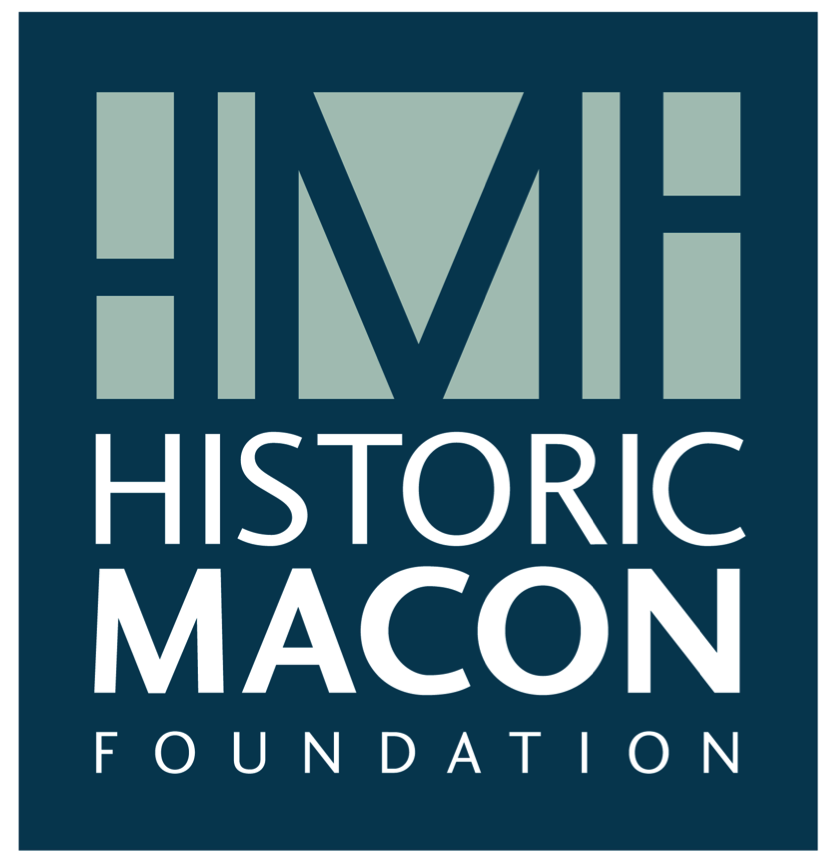Tybee: The Consequences of Urban Renewal on a Macon Community
This video shows the time lapse of the systematic destruction of the Tybee Neighborhood. Note that the greatest change occurs between 1960-1970, during the years when urban renewal projects were at their peak.
Cartography work done by Andrew Bailey
Aerial photograph of Tybee Neighborhood. Photo Credit: Middle Georgia Regional Library Archives
Tybee was potentially one of Macon’s earliest black communities, founded between 1820 and 1850. The first residents were enslaved African Americans that the city of Macon brought from Tybee Island, the neighborhood’s namesake, to clear the swampland on its southern boundary. Located off the coast of Georgia, Tybee Island was a waypoint after the Atlantic crossing where enslaved African Americans were taken to inland slave markets.
Map of Tybee Neighborhood (Photo Credit: MGRL Archives)
The neighborhood and its number of residents grew by successive influxes of black migrants to the city. These new occupants were initially those leaving farms where they had been forcibly enslaved. African Americans disenfranchised from agriculture through the practice of sharecropping, and later, black residents looking for employment in Macon’s mills and factories continued the community’s expansion.
As the 20th century progressed, Tybee would come to embody, and eventually be destroyed by, the segregationist and inequitable government policies whose impacts on communities of color can be seen to this day.
Houses surround the coal tower that was once a landmark in the Tybee community in this photo from the 1950s. (Photo credit: Middle Georgia Regional Library Archives)
Pictured here is a typical backyard in the Tybee neighborhood. Some houses did not have plumbing, and had to make use of outhouses. (Photo credit: Middle Georgia Regional Library Archives)
REDLINING
Redlining was originally a term that came from federal homeownership programs under the Federal Housing Administration that were initiated as part of the 1930s New Deal.
The programs offered government backed mortgages, designed with the goal of preventing foreclosures and homelessness during the Great Depression.
The federal government created color coded maps ranking the loan ”worthiness” of neighborhoods, with red areas being designated as the most risky places to loan. Not coincidentally, the areas ranked as the most risky tended to be black neighborhoods.
This designation had numerous negative effects on both the Tybee neighborhood and black homeowners more broadly. Redlining made it harder, if not impossible in many instances, for black applicants to obtain mortgages, insurance, and other financial services needed to acquire property both in the short-term and to pass on as generational wealth.
urban renewal
Photo credit: MGRL Archives
The urban renewal program was created by federal law in 1949 and lasted into the 1970s. It was originally intended to improve housing conditions by replacing “slums” with low-income or public housing. But numerous tweaks to the original law resulted in more of the land being used for commercial, industrial, and infrastructure uses, as well as market rate housing.
The Tybee neighborhood was declared unfit for use and designated for “renewal,” which initially consisted of demolishing 146 buildings. The land was then sold starting in 1967 for 18 cents a square ft. The residents were promised ”relocation.”
tybee now
The 31 acres of Tybee that were condemned and appropriated for "urban renewal" are now peppered with vacant lots, blighted structures, and industrial buildings. Today, it is hard to believe that the land that was once considered Tybee ever held a neighborhood at all. This work is the first small step in an ongoing project to document places that no longer exist.
The remembrance of this community is an ongoing endeavor that needs your support to progress. Please contact us at info@historicmacon.org if you would like to contribute to this project by sharing your information, stories, and photographs.
Credit for images & information: Duncan, Heather S. "Tybee Then/Tybee Now: Urban renewal tears down without rebuilding." The Macon Telegraph, 27 Feb 2005.








